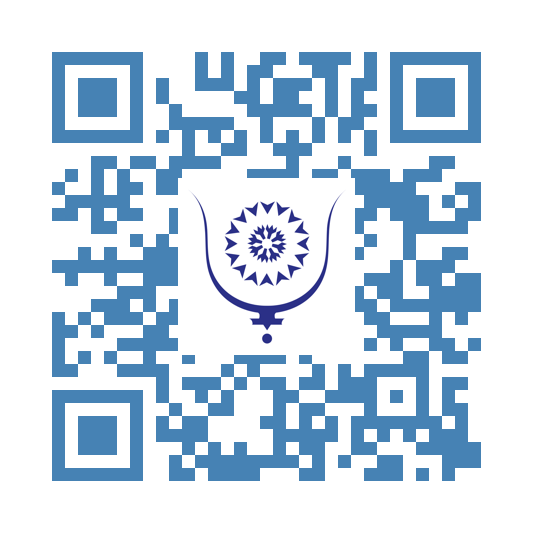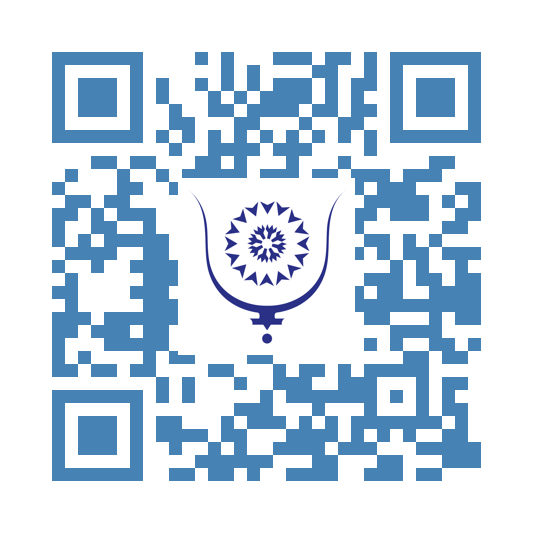Maladie cœliaque, une maladie caméléon à large spectre clinique 1534
La maladie cœliaque ou intolérance au gluten est une pathologie chronique, qui touche les intestins, suite à l'ingestion de gluten. Le diagnostic de ce trouble est souvent difficile et tardif : avec des caractéristiques très variés, la pathologie est souvent comparée à un véritable caméléon clinique ! Il n'existe toujours pas de traitement curatif et sa seule résolution réside dans l'exclusion de tout gluten de l'alimentation générale. Cette affection fait partie des maladies auto-immunes, qui regroupent un ensemble de maladies - près d’une centaine - dues à une attaque de notre système immunitaire contre des éléments de notre organisme : un processus d’auto-destruction en quelque somme !
Dans le cas de la maladie cœliaque, il s'agit plus précisément d'une intolérance (et non d'une allergie) à un composant du gluten, la gliadine (ensemble de protéines constituant les farines de certaines céréales, dont le blé, le seigle, l'orge, l'avoine). Le malade présente à la base une prédisposition génétique de type HLA et son organisme va produire des anticorps qui vont attaquer la muqueuse des villosités intestinales.
Passons donc en revue ce qu’est la maladie et les actions de l 'ASSOCIATION MAROCAINE DES INTOLERANTS ET ALLERGIQUES AU GLUTEN (AMIAG) qui oeuvre au Maroc pour sensibiliser la population à ce trouble.
QUE SAVOIR SUR LA MALADIE COELIAQUE ?
La maladie cœliaque (MC) est donc une maladie auto-immune, plutôt féminine, où le système immunitaire attaque la paroi de l’intestin grêle induisant des dommages et des troubles très divers dans l’absorption du fer, du calcium, et des vitamines et de multiples autres complications.
DES MANIFESTATIONS PEU CLAIRES ET DEROUTANTES
Elle est difficile à diagnostiquer à cause de ses multiples manifestations. D’une affection de nourrissons et d’enfants en bas âge et dont les signes typiques se limitent à l’appareil digestif (diarrhées, vomissements, état irritable, cassure de la croissance), la maladie cœliaque est devenue ces dernières décennies une pathologie de l’adolescent et de l’adulte et dont les manifestations sont très étendues. Des douleurs articulaires, une ostéoporose, des anémies, des fausses couches à répétition, des aphtes buccaux, une dermatite ou même encore des maux de tête, une fatigue chronique, une anxiété, une dépression …constituent le large spectre clinique de la maladie. Elle peut d’ailleurs rester plus ou moins « silencieuse » pendant des années tout en poursuivant un travail de destruction sur l’intestin et d’autres organes.
UN MAL SOUS-DIAGNOSTIQUE
De ce fait, la maladie cœliaque chez l’adulte est bien souvent découverte au stade de complications. On estime souvent d’ailleurs que le délai de sa mise en évidence est de 13 ans et que, pour chaque cas détecté, en particulier chez l’adulte, 8 resteraient ignorés.
Le diagnostic de la maladie cœliaque repose sur la recherche de substances particulières, responsables d’attaques sur l’organisme et appelées auto-anticorps (les anti-transglutaminases) et sur la découverte d’une atrophie des replis de la paroi intestinale (les villosités) après la réalisation d’une biopsie duodénale.
Les complications de la maladie cœliaque peuvent entraîner des cancers intestinaux, de l'œsophage, des lymphomes, ulcères intestinaux, ou ostéoporose.
UN REGIME CONTRAIGNANT ET COÜTEUX
L’application de ce régime contraignant demeure toujours difficile en temps ordinaire du fait de l’absence d’un étiquetage obligatoire sur la présence du gluten dans certains pays comme le Maroc (à la différence de la France), alors que ce nutriment est présent dans la plupart de produits très divers (pain, farines, pâtisserie, pâtes, charcuterie…) et souvent insoupçonnés (médicaments, rouge à lèvres, dentifrice, colle, bonbons, sauce à salade, plats cuisinés…)
L’ASSOCIATION MAROCAINE DES INTOLERANTS ET ALLERGIQUES AU GLUTEN (AMIAG)
Fondée en 2013, l’AMIAG a su s’imposer rapidement comme l’association nationale de référence pour la maladie cœliaque au Maroc et est reconnue comme telle par ses partenaires à l’étranger.
Comptant près de 1 000 adhérents, elle a mis en place ou organise :
- la journée nationale de la maladie cœliaque chaque année en mai, avec des conférences pour les malades ;
- des ateliers culinaires mensuels (couronnés épisodiquement de concours de cuisine festifs) animés en particulier par le Dr Maria Chentouf, une des meilleures cheffes cuisinières en recettes sans gluten ;
- une grande fête annuelle pour les enfants cœliaques (mélangeant à la fois un spectacle, de la musique, des jeux et des conférences médicales) ;
- des conférences scientifiques avec des experts nationaux et internationaux, en particulier lors d’événements des professionnels de santé (comme Officine Expo) ;
- des aides alimentaires et des dons de moulins à céréales aux familles les plus pauvres, grâce au concours d’autres associations caritatives et de sponsors divers, lors des manifestations énumérés précédemment.
Enfin dernier succès et pas le moindre, L’Institut Marocain de Normalisation « IMANOR » et l’Association Marocaine des Intolérants et Allergiques au Gluten ont établi en 2023 un partenariat visant à promouvoir les produits alimentaires sans gluten sur le marché marocain, à travers la mise en place d’un label national « Sans Gluten ». Les règles fixant les critères et modalités d’attribution de ce Label ont été élaborées en concertation avec l’AMIAG et autres parties prenantes.
Enfin, l'AMIAG organise une journée de sensibilisation à la maladie cœliaque le 10 février 2024 Cette journée sous le thème de " La Maladie Cœliaque & son Régime Sans Gluten à vie " se tiendra au Théâtre du Complexe Culturel Sidi Belyout – Casablanca. L’AMIAG profitera de cette journée également pour organiser avec ses adhérents son Assemblée Générale Ordinaire.
Dr Khadija Moussayer Présidente de l’association marocaine des maladies auto-immunes et systémiques (AMMAIS), Vice-présidente de l’AMIAG
OVERVIEW
Celiac disease is a serious autoimmune disease that occurs in genetically predisposed people where the ingestion of gluten leads to damage in the small intestine. It is estimated to affect 1 in 100 people worldwide, but only about 30% are properly diagnosed. The first and most important step in treating celiac disease is to stop eating gluten.
The Moroccan association of those intolerant and allergic to Gluten (AMIAG), chaired by Jamila Cherif Idrissi , was created by civil society people and members of the medical and paramedical corps with the aim of informing and raising awareness to the population to these pathologies as well as the unification of the efforts and the assistance to lend to the people suffering from it



